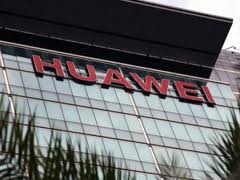  Huawei has announced that it has completed the industry's first SingleSON test on an LTE commercial network in Hong Kong. The SingleSON test showed that throughput on the cell's edge can be enhanced up to 30% to improve end user experience using Huawei's Adaptive ICIC technology and marked a milestone for the commercialization of Huawei's SingleSON solution.
A Self-Organizing Network (SON) is becoming a key factor in implementing successful evolution for mobile broadband. Operators are seeking means of efficiently operating multi-mode and multi-layer networks in an environment like Hong Kong, which has a high population density and complicated wireless environment.
The development of mobile broadband has seen the advent of multi-mode and multi-layer networks, which creates challenges for operators in the form of increasingly complex neighbor relations as well as high operation and maintenance (O&M) costs and efficiency.
Ying Weimin, Huawei President for GSM, UMTS & LTE Wireless Networks, said, "The industry's first SingleSON test on an LTE commercial network in Hong Kong is a big step for the development of Self-Organizing Networks. In the MBB era, Huawei aims to build no-edge networks, bringing end user high speeds as well as high quality, consistent service."
Huawei has been committed to SON research and development since its inception in 2006, and has collaborated with global operators to push for its commercialization. In 2009, Huawei successfully completed the world's first LTE SON test with T-Mobile in Austria. In October 2011, Huawei launched SingleSON, the world's first multi-mode, multi-layer SON solution. And in February 2012, Huawei announced the commercial launch of the Automatic Neighbor Relation (ANR), a feature of the SingleSON solution, on an LTE network in Germany. |